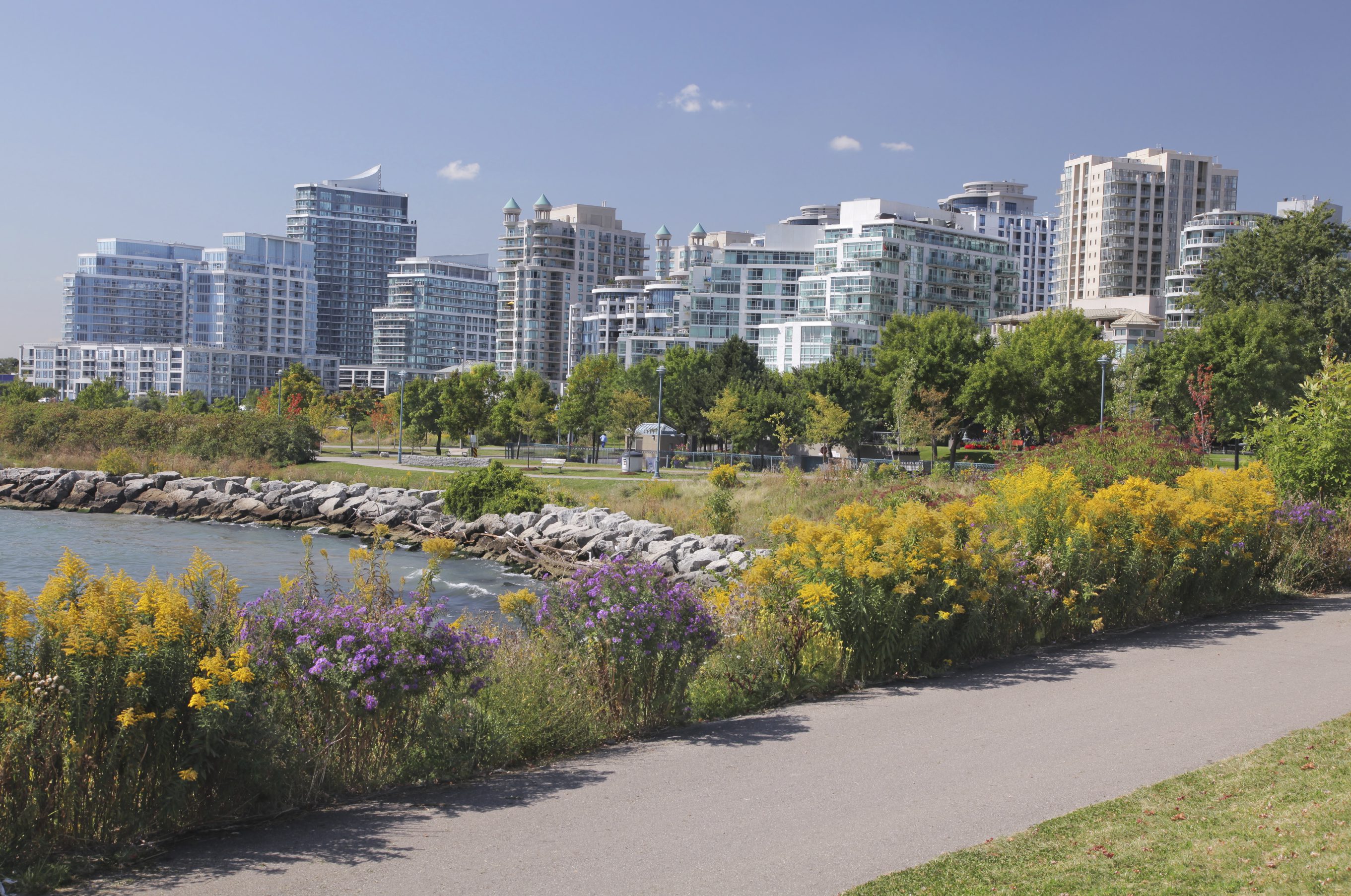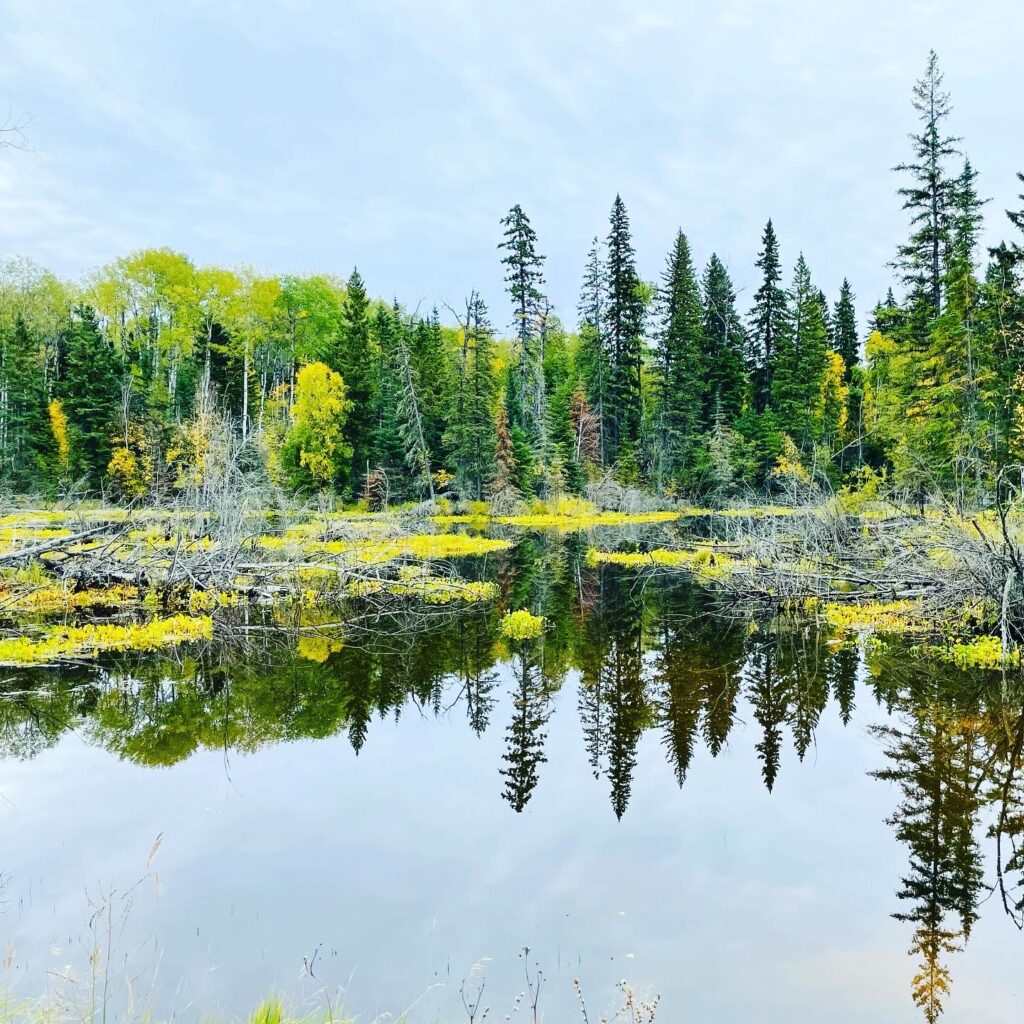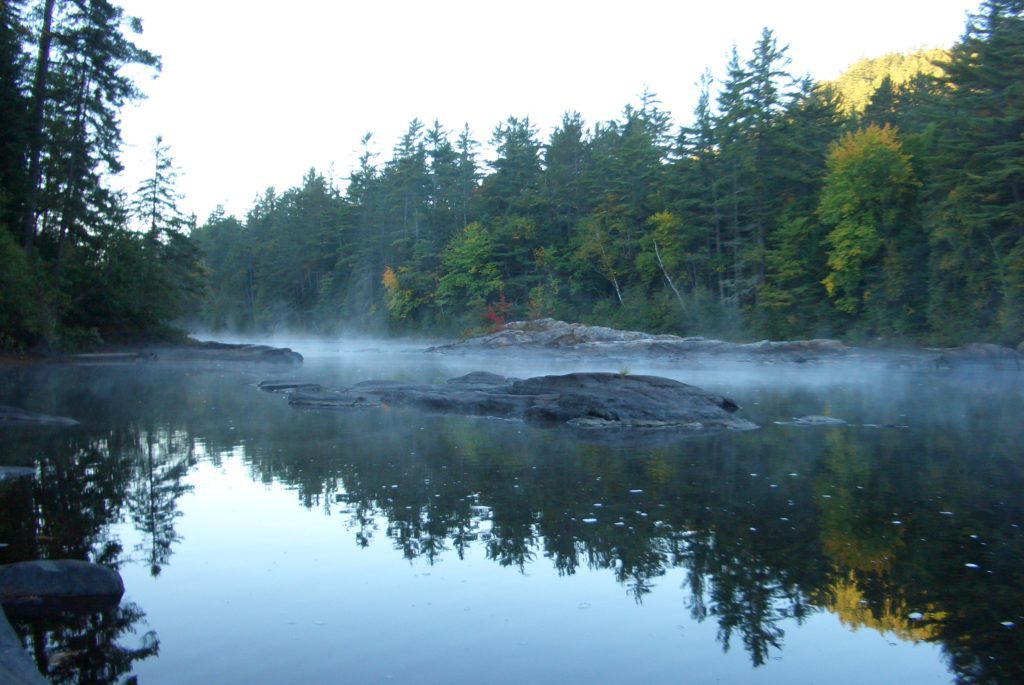Like many Ontarians, I want to ensure we have affordable housing options and the transportation choices we need, so our children and grandchildren can live in healthy, prosperous communities. But I don’t want this to come at the cost of farmland, our drinking water, and access to nature. And that’s exactly what is at risk with the proposed changes to the Growth Plan. This is the policy that directs where, and how, towns and cities can grow.
The government’s proposed changes to the Growth Plan will allow sprawl developers to eat up lands that are not already protected by laws like the Greenbelt Act, based on the false argument that it is needed for housing or new businesses.
 We know that this is not true as provincial data shows there is enough land designated inside existing town and city boundaries to meet housing and employment needs to at least 2031.
We know that this is not true as provincial data shows there is enough land designated inside existing town and city boundaries to meet housing and employment needs to at least 2031.
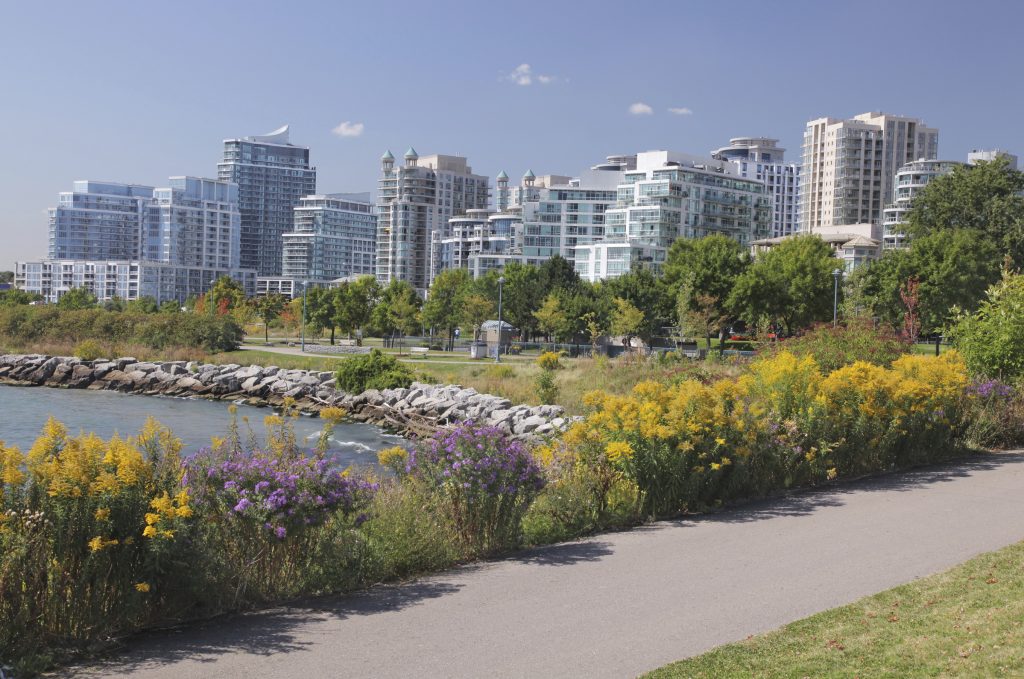
Our region is growing
Between 9.7 and 13.5 million more people will be living and working in the Greater Golden Horseshoe (GGH) by 2041. That means we need approximately 55,000 housing units per year, and getting our housing supply mix right is going to be crucial.
We know from research undertaken by the Neptis Foundation that there is enough land available for new housing within the boundaries of our towns and cities to meet our growth needs for the next decade and beyond if we grow smarter. So, as we begin planning our housing needs to 2041, we should ask these questions: will the housing industry, developers, provincial government and municipalities work together to provide the supply of housing that people need and can afford within their communities? Or will they bow to the pressure from land speculators to build more single family homes on our dwindling supply of productive farmland in the GGH?
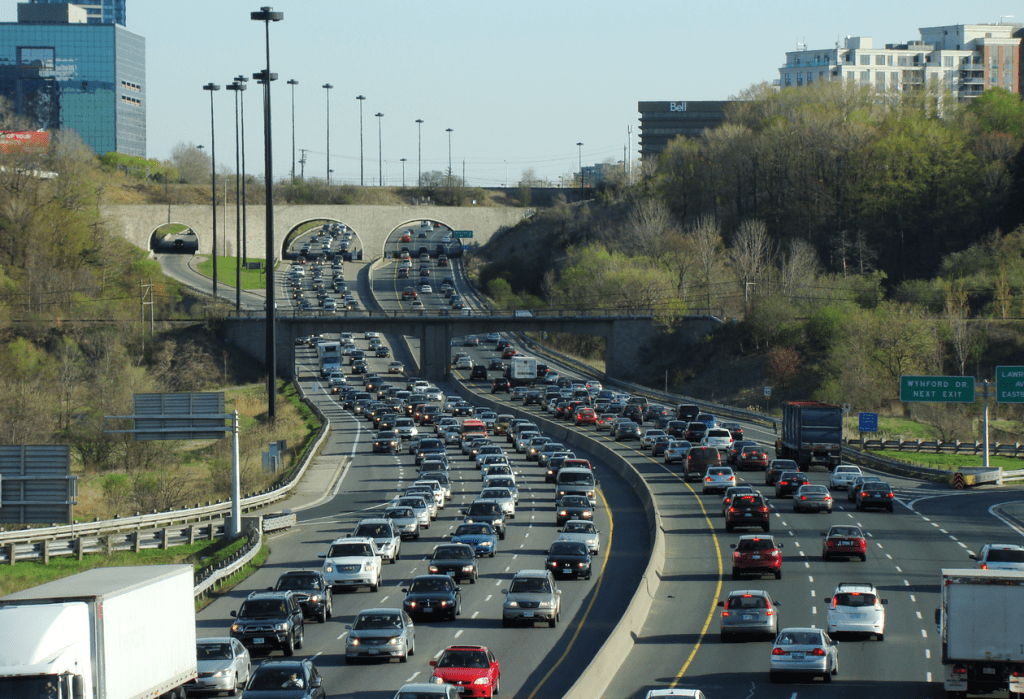
It’s time to build up!
For too long, sprawling low density housing on greenfields has cost us all. It has added to traffic congestion by requiring us to drive farther to find affordable housing. So, rather than continue this costly growth model, it’s time to build up! Not only does building gentle density reduce the capital cost of infrastructure for municipalities (which can reduce our taxes), it also means people spend less time in their cars.
And it’s not just environmentalists, transit advocates or planners like me who think so. There seems to be consensus among affordable housing advocates, and the Building Industry and Land Developers Association (BILD), that we need to increase the supply of housing close to transit.
The areas where consensus seems achievable are:
- Building up to provide affordable housing around transit stations;
- Providing infrastructure upgrades including transit in our existing cities and towns (instead of extending pipes, roads and services to support more urban sprawl);
- Protecting farms and natural areas.
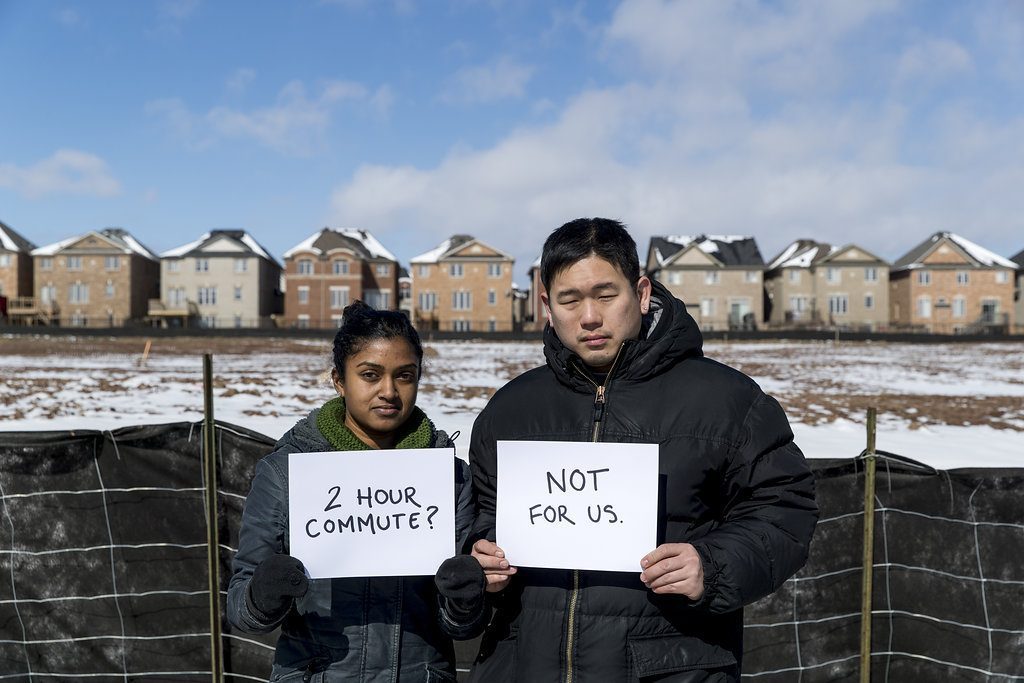
Our housing needs are changing
It’s time to move away from building 5,000 sq ft monster homes on the edge of the Greenbelt. Instead, we need to build more affordable housing in our cities. Not only is this the right thing to do to protect our precious food and water supplies, but it’s what people actually want. According to a survey by Pembina and RBC, most people prefer a smaller home with a shorter commute over a larger home and a longer commute. Both younger millennials and aging baby boomers want apartments and townhomes that are accessible and close to services like transit, health care, restaurants, and shops. Building up instead of sprawling out makes sense for all.
We don’t need more land
When we consider our future housing needs, it is important to remember that an estimated 700,000 homes (averaging between 25,000 and 30,000 per year) are coming onto the resale housing market from our aging population by 2041. That means we have a good supply of single family homes coming onto the market without having to lift one shovel. And there are many other ways to increase our supply of housing without building homes on greenfields, like rental options, basement apartments, laneway housing and apartments over shops.
Let’s work together
If we focus on the areas of consensus, we can grow our cities around transit and support communities that have enough people living in an area to allow for walking, biking, homes, services and shopping to be combined in a lifestyle improving way.
Building more low density detached housing on the edge of our cities is where consensus breaks down and traffic congestion takes over. Let’s work together to build vibrant, prosperous communities.




